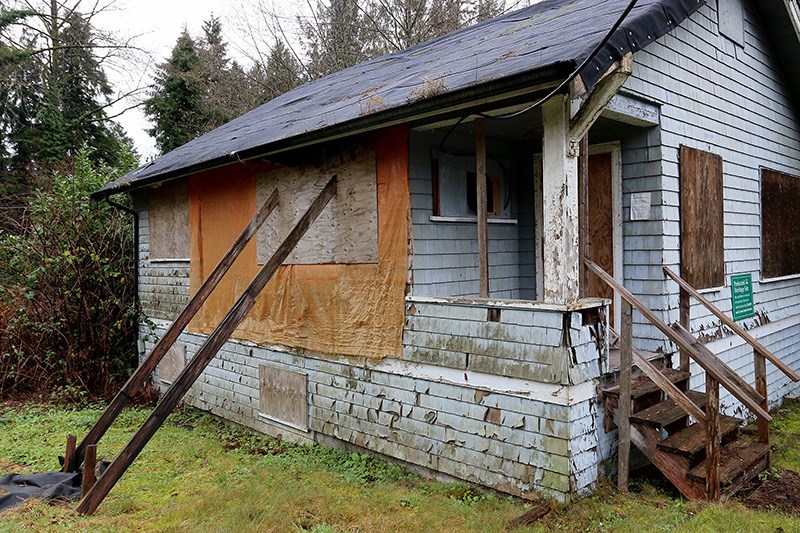A Port Moody staff report is recommending city council approve spending up to $6,000 for a consultant to assess the condition of buildings at the old Ioco townsite.
In the report, which is scheduled to go to council at Tuesday's meeting, Jess Daniels, the city’s policy planner, said the assessment would help the city determine how much work will have to be done to protect the buildings, which once were part of a community for employees of the old Imperial Oil refinery on the north shore of Burrard Inlet.
In January, several members of the Port Moody Heritage Society told council some of the buildings have fallen into disrepair as the city has moved to limit development of the surrounding Ioco lands property, which is owned by Gilic Global Management Inc., formerly known as Brilliant Circle Group.
When the latter company purchased the 253-acre property in 2015, it made an agreement with Port Moody to maintain the remaining buildings on its property for the possible creation of a cluster of heritage structures that would form the heart of a new urban mixed-use neighbourhood.
But as Port Moody council balked at BCG’s initial plan to densify the property, then last week passed an amendment to the city’s official community plan to maintain its status quo zoning that will limit redevelopment to 253 homes, the future of the heritage-protected townsite has been cast into doubt.
Mary Anne Cooper, a Port Moody centenarian who has been fighting to preserve the Ioco townsite for decades, said the lack of progress to save the structures has been frustrating.
“The lack of planning, passage of time, deterioration, vandalism [and] loss of values have raised the question how to protect this valued asset,” Cooper said.
Robert Simons, a past president of the heritage society, said while Gilic has been diligent about living up to its end of the preservation agreement by installing new rain gutters, protecting roofs and running electricity into the remaining homes so they can be heated through the winter, the company’s commitment to move ahead on preserving other buildings, such as the Tremaine residence, seems to have diminished. He said he’s worried council’s decision to limit the property’s development potential could spark a downward spiral in the investment the company is willing to make to the old buildings.



